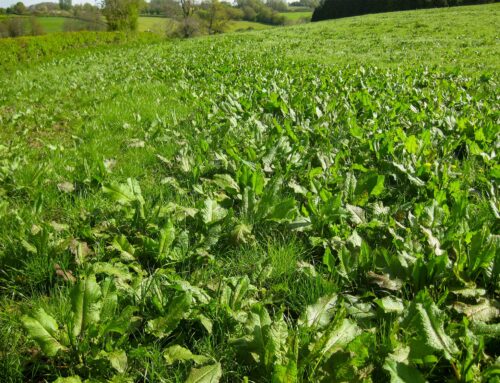United Kingdom
Camera guided mechanical weeding
The project sought to analyse the impact of camera guided multi-row weeders in small scale horticultural systems to determine the savings in terms of labour (cost) and time that can be made from using the weeder. The camera guided weeder was compared with the current high labour methods of hoeing or hand weeding. These weeders are commonplace in larger operations but their effectiveness (viability) in smaller scale situations has not been analysed.
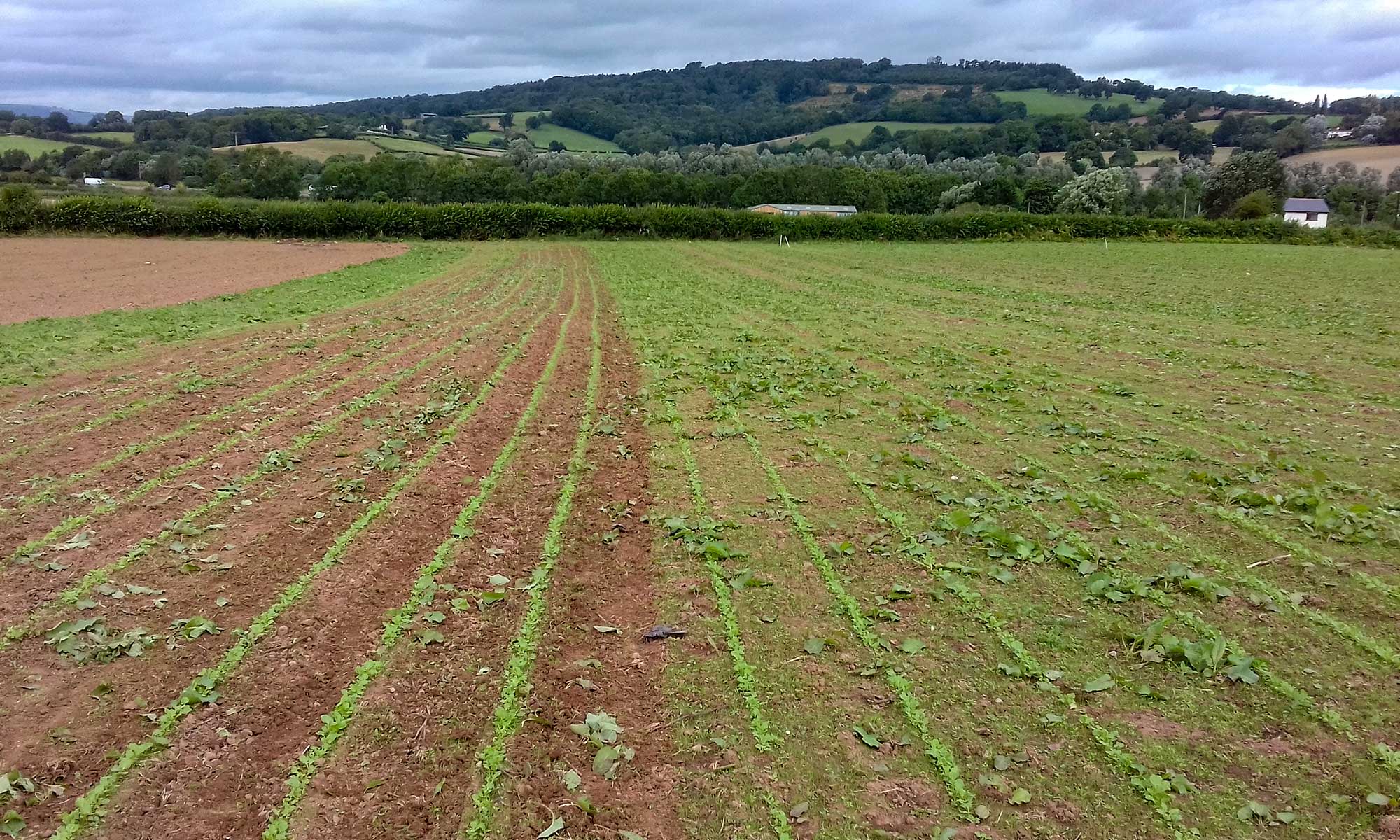
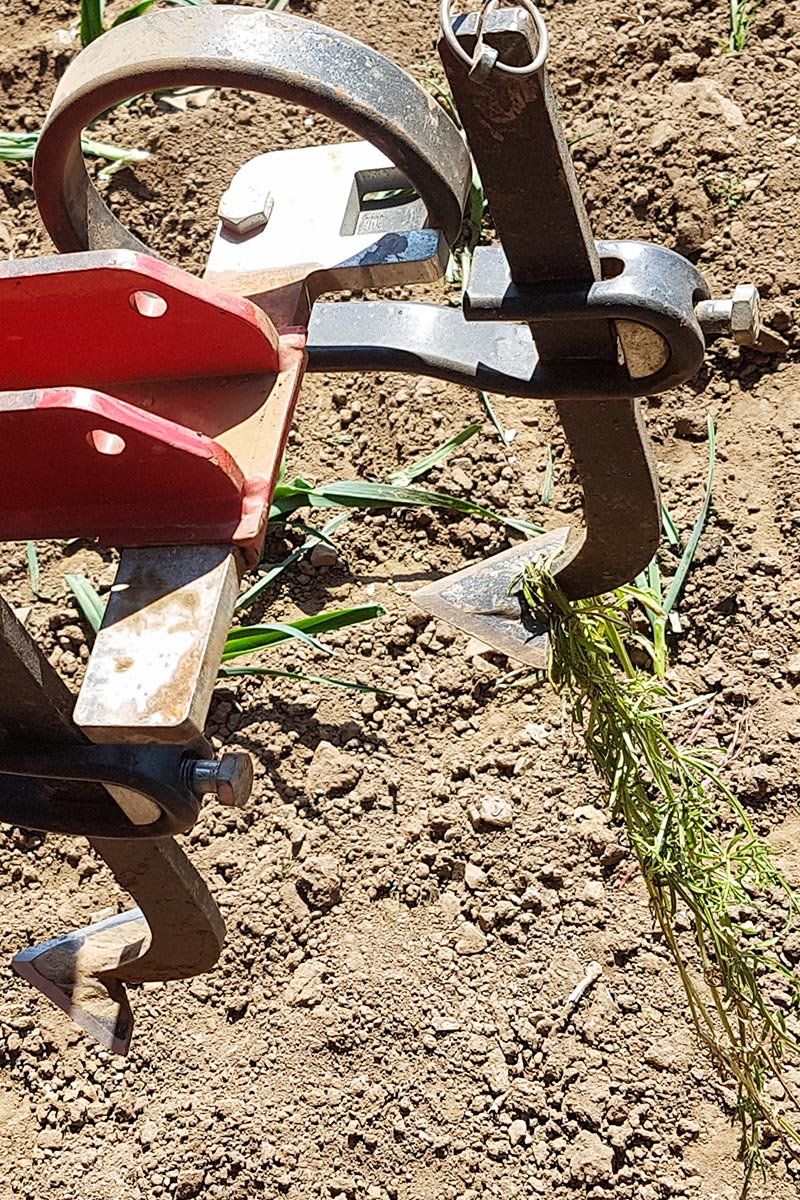
Two farms were involved in the project, one organic and the other conventional. Both considered farming systems that are not reliant on the use of chemicals as essential to the long-term success of their operations. Hand weeding, where labour is available, was costing as much as £1-2,000 per Ha and may need doing twice or more per year. Herbicide options on conventional systems would cost approximately £100-200 per Ha, but there is increasing pressure within the industry to reduce chemical inputs.
Field trials were carried out over three growing seasons. Field trials in 2021 consisted of two beds each of beetroot and turnips. Weeding was carried out both by hand, using a hoe and using the robotic weeder. For the 2022 field trials a Steketee EC-weeder was used in a crop of leeks and compared to using a wheel hoe and a hand hoe.
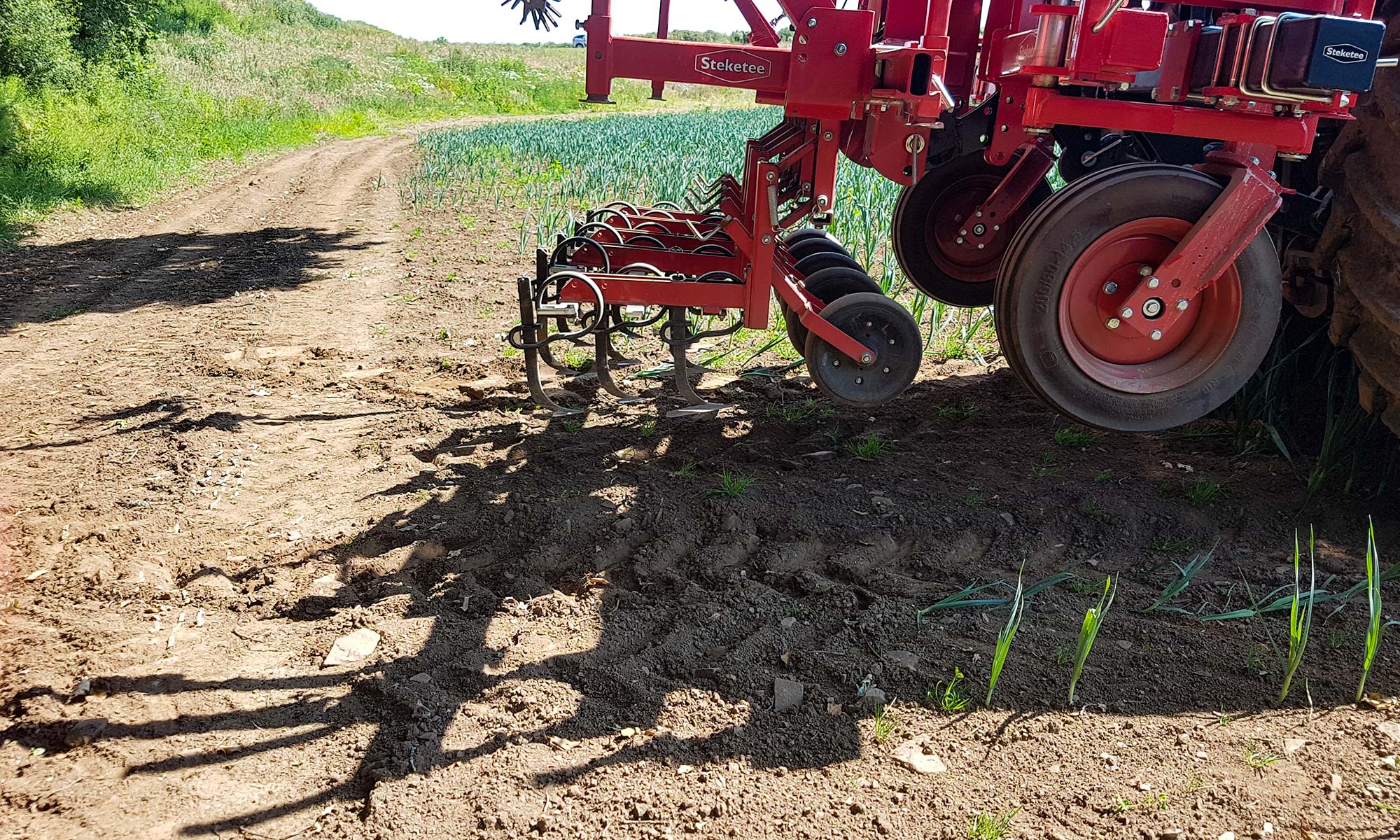
One reason is that the knowledge available is fragmented!
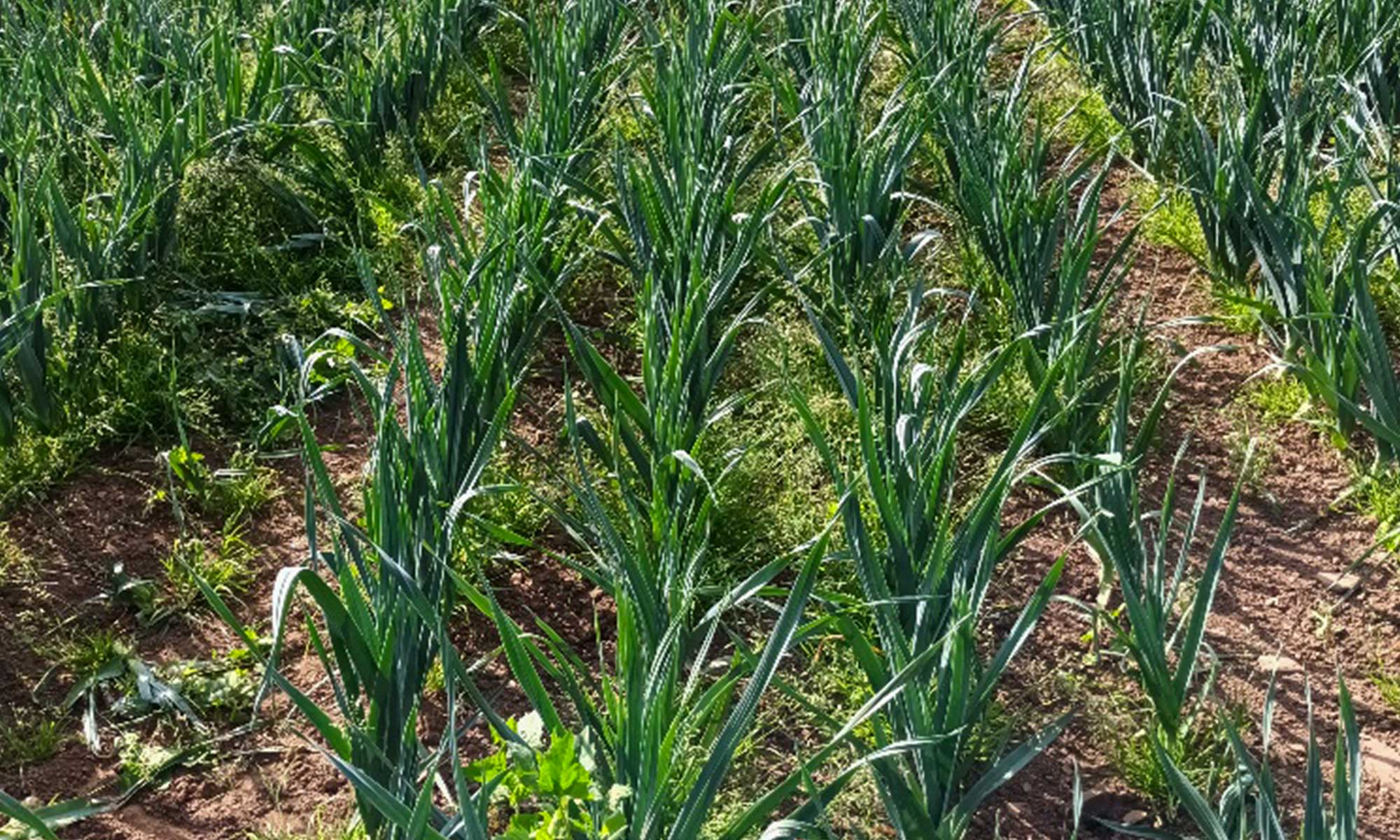
The Steketee machine can be customised to suit different crops and have different tines for more stony ground and heavy soils. There are many alternatives available beyond what were tested in these trials. This technology is already available to growers and can be tailored to specific requirements. The images show a Steketee EC-camera guided weeder used in a crop of leeks in Wales in 2022. There are cameras attached to the middle section to detect the rows and the tines are on a second section that can be manually adjusted to fit the crop row spacing.
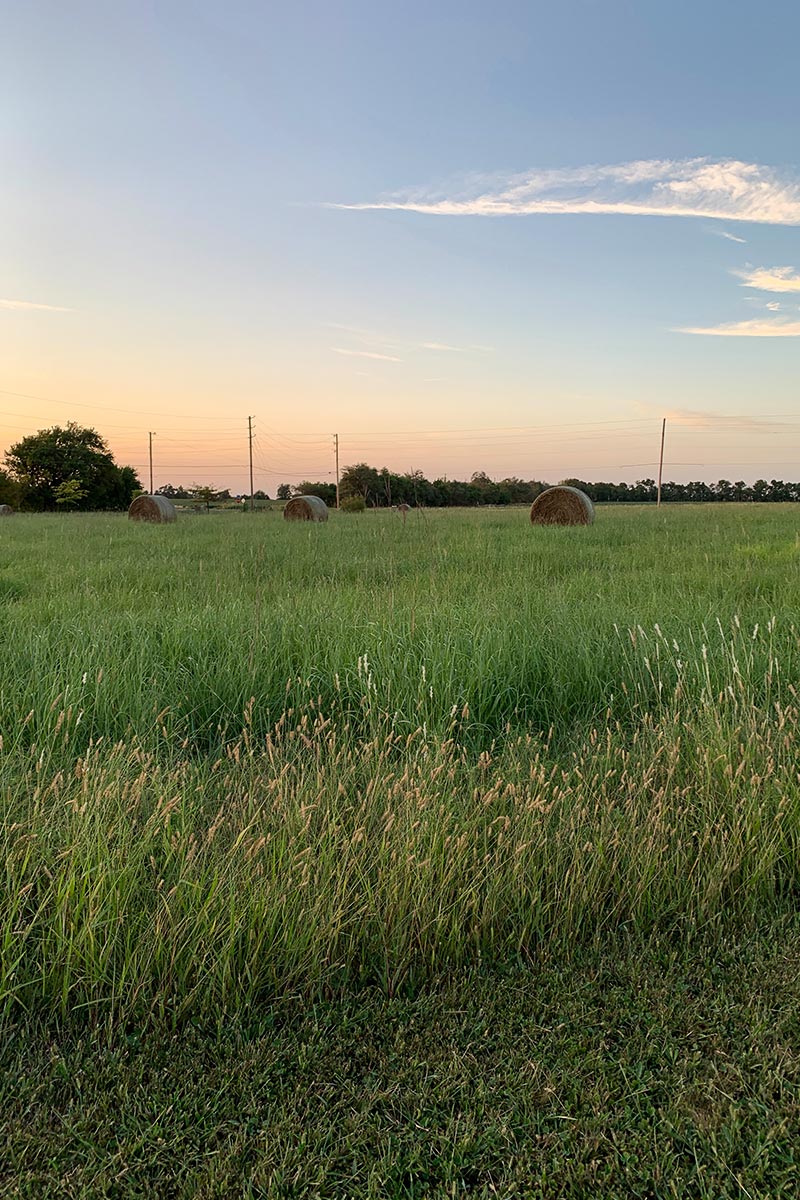
The most effective treatment
The results for this particular trial showed that hand hoeing was the most effective treatment achieving 43% reduction in annual meadow grass (Poa annua) and 37% reduction in white clover (Trifolium repens) compared to pre-treatment. Weed control between the crops rows was good, but the weeds close to the base of the leek were large and growing vigorously.
However, the timing of the weeding was too late due to the availability of the kit in spring 2022. The weeds were at a much larger growth stage than ideal, resulting in the lower levels of control recorded. No crop damage was recorded on the post-treatment assessment indicating that the accuracy of the weeder between the crop rows was very good
It’s shown to be effective in different vegetable crops
Results have shown that camera guided mechanical weeding, normally used in broadacre crops, are effective in different vegetable crops and if they are adaptable and at a reasonable purchase price, they will be a practical option for small scale growers going forward. The field operations analyst and tractor driver who triaed the Steketee machine in 2022, thought the mechanical weeder should reduce the need for one of the post-emergence herbicide applications and increase overall efficacy of weed control. They were very impressed with the Steketee kit and the control level achieved. In the meantime, this grower has recently purchased an Edwards weeder, which was manufactured in the UK.
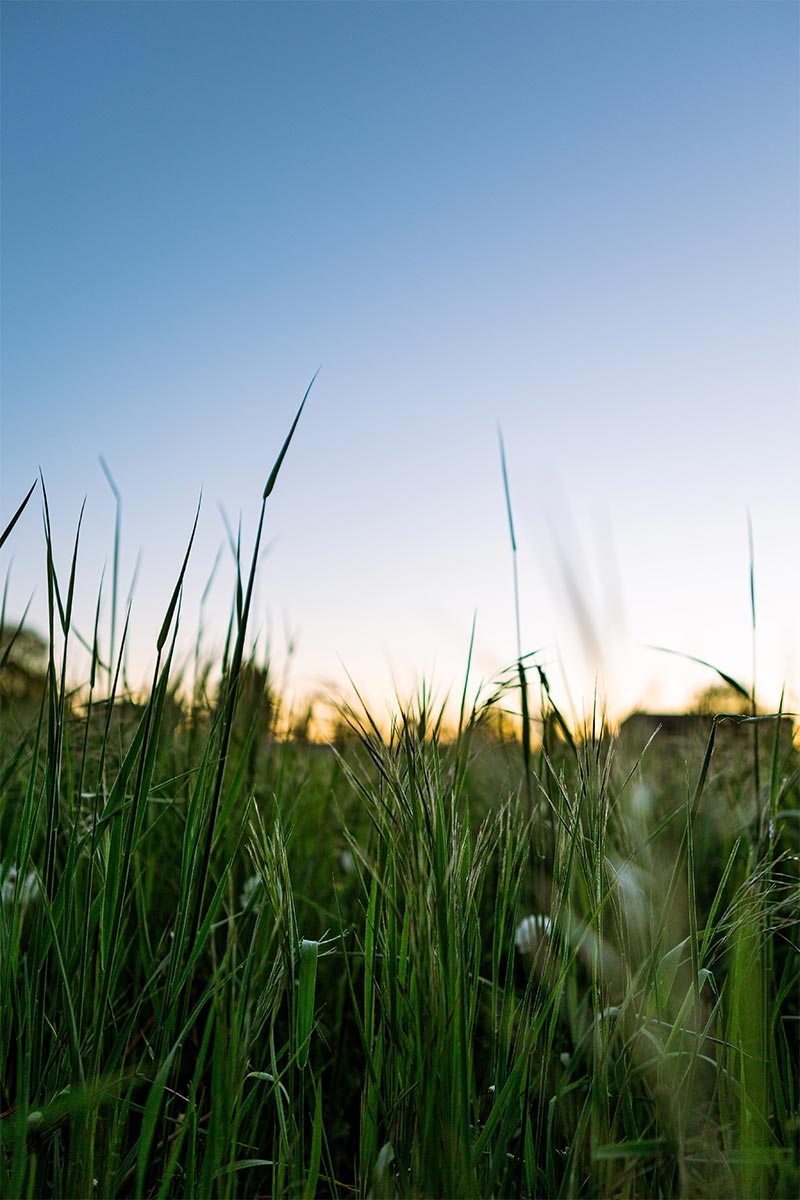
Results from the trials concluded that the technology tested would be beneficial to small-scale horticultural growers to aid their weed control requirements, but the initial purchase cost and requirement to precision plant may deter some smaller growers. The ability to use the weeder in arable as well as horticultural crops and using for tasks such as ridging up is beneficial in terms of increasing the area covered and reducing machinery cost/hectare.
Multiple weed passes in a crop would also increase the machine area covered per crop, therefore reducing machinery cost/hectare.
Problems with uneven terrain and stony ground could be over-come by reducing travelling speeds or ensuring that the weeder tines were set correctly for that specific crop. The crop rows need to be extremely straight (precision planted) to ensure there is no crop damage as the tines get very close to the crop.
When comparing the time taken to mechanically weed compared to hand weeding within these trials it highlights the ever-increasing labour cost required for hand weeding. The continued development and uptake of such technology will benefit the horticultural industry going forward if labour continues to be limiting or more expensive.



